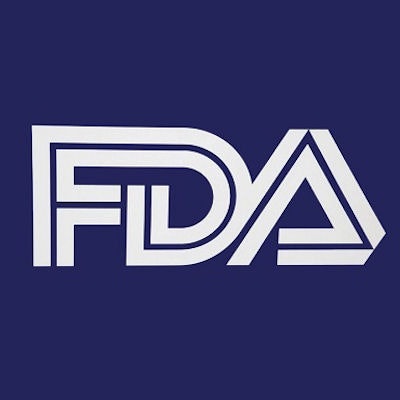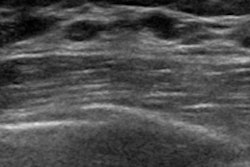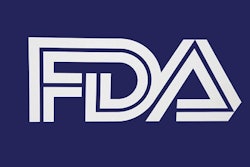
The U.S. Food and Drug Administration (FDA) on March 27 proposed adding language on breast density to letters sent to women after their mammograms. The proposal would create a national standard for density reporting after years of state-by-state efforts.
The density language is part of a proposed rule under which the FDA would amend mammography regulations outlined in the Mammography Quality Standards Act (MQSA). The rule would require breast density reporting and strengthen the FDA's ability to enforce facilities' compliance with quality standards.
The proposal comes more than 20 years after the MQSA was implemented, and it is in response to changes in mammography technology and processes since the MQSA was published, the agency said.
But it also comes a decade after the late Nancy Cappello, PhD, spearheaded a grassroots effort to inform women of their breast density. She helped get the first state breast density notification legislation passed in Connecticut in 2009, and more than 30 states now have such laws on the books. However, there has been no federal guidance regarding breast tissue density notification. Cappello died in November 2018 of complications from breast cancer that was not detected on her original mammogram due to breast density.
"As part of our overall commitment to protecting the health of women, we're proposing new policies to modernize our oversight of mammography services, by capitalizing on a number of important advances in mammography, like the increased use of 3D digital screening tools and the need for more uniform breast density reporting," FDA Commissioner Dr. Scott Gottlieb said in a statement released by the agency.
Dealing with density
The proposed rule would amend MQSA regulations, which authorize FDA oversight over mammography facilities, including accreditation, certification, annual inspections, and quality standards. The biggest change is the addition of breast density information to letters sent by mammography facilities to women and their referring healthcare providers after the mammogram.
The FDA is proposing language that would outline how breast density can influence the accuracy of mammography and recommend that patients with dense breasts talk to their healthcare provider about their breast cancer risk.
The proposed rule would establish four categories for reporting density, with specific language to be included in letters:
- "The breasts are almost entirely fatty."
- "There are scattered areas of fibroglandular density."
- "The breasts are heterogeneously dense, which may obscure small masses."
- "The breasts are extremely dense, which lowers the sensitivity of mammography."
The notification language would be general enough to be readily interpretable by women receiving the letters, but the report sent to the referring physician will be more detailed, said Dr. Jeff Shuren, director of the FDA's Center for Devices and Radiological Health, in a press conference on March 27.
"We're trying to facilitate a conversation about breast cancer screening between the patient and their healthcare professional," he said.
Will this proposed rule take the teeth out of legislation passed by states? No, according to Shuren.
"There's nothing in the MQSA statute that limits states' authority as it relates to mammography notification," he said. "But states' laws will have to be at least as stringent as this rule."
Direct communication
In terms of strengthening the FDA's ability to enforce facilities' compliance with quality standards, the rule would establish the following:
- The FDA can directly notify patients and their healthcare professionals, should facilities be unwilling or unable to do so, that mammography at a facility did not meet quality standards and that re-evaluation or repeat of the mammogram at another certified facility may be needed.
- Mammography facilities can only use digital accessory components that are specifically FDA-approved or cleared for mammography.
- There would be stronger record-keeping requirements to improve access to and transfer of patient mammography records.
"Once finalized, these proposed amendments will enhance our oversight of mammography facilities, including in the key area of enforcement and patient communication," Shuren said in the FDA statement. "This is intended to help ensure important information that could affect decisions about patient care -- such as the potential need for further evaluation or a repeat of a mammogram -- is communicated as quickly as possible."
The FDA is taking comment on the proposed rule for 90 days after it is published March 28 in the Federal Register.




















